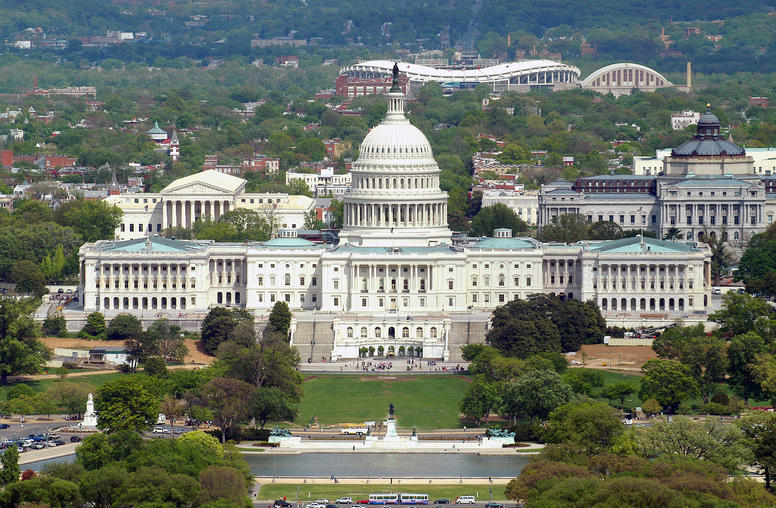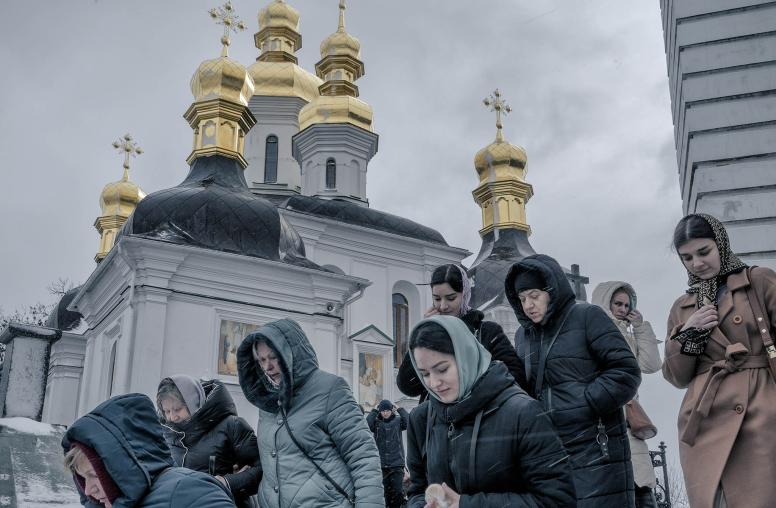Science Diplomacy for Nuclear Security
Nuclear security expert Micah Lowenthal calls on science diplomacy, which played a key role in promoting U.S.-Soviet cooperation, to renewed engagement on current issues: nonproliferation, countering nuclear terrorism, verification of nuclear treaties, and ballistic missile defense.

Summary
- The history of science diplomacy for nuclear security is rich and includes, for example, establishing confidence in the verifiability of the Threshold Test Ban Treaty, paving the way to many nonproliferation efforts, and damping potentially drastic responses to actions perceived by adversaries as provocative.
- The ingredients for success in science diplomacy may be summarized in terms of seven factors: openness to new possibilities, vision and leadership, good science, human connections, communication, time, and self-interest.
- Experts from Russia and the United States have identified topics that would benefit from or demand science diplomacy: nuclear energy and nonproliferation, nuclear arms reductions, countering nuclear terrorism, cooperation on ballistic missile defense, and the Comprehensive Nuclear Test Ban Treaty. Differing perspectives on goals in these areas, however, provide new opportunities to work together to promote security.
- A variety of policy measures and physical safeguards have been put in place to prevent nuclear proliferation and nuclear terrorism. Because of the technical complexities of nearly every aspect of the nuclear fuel cycle and its potential for exploitation and terrorism, science diplomacy can continue to make substantial contributions on these topics.
- Verification of treaties, including nuclear arms reductions and test bans, is perhaps the topic within arms control most susceptible to technical options. Joint exploration and development of technical options to enable proposals for verification of treaties is a valuable topic in which science diplomacy has an essential role to play.
- Cooperation on ballistic missile defense (BMD) is an area of tension between the United States and Russia today. Such cooperation has technical and political dimensions. So far, the political discussions have resurfaced underlying suspicions, suggesting that science diplomacy is the stronger option for building confidence and identifying technical options that enable BMD cooperation.
- Although the Cold War is over, the variety of nuclear and other threats has grown, and science diplomacy is needed now more than ever to address those threats.
- Science diplomacy practitioners who are daunted by the sensitivity of the topics of the day must remember the successes in science diplomacy between the United States and the Soviet Union concerning nuclear weapons. The topics are important in part because they are so sensitive, and today’s generations owe it to future generations to take on the challenge of science diplomacy to address the new and vexing security challenges the world faces in the twenty-first century.
About the Report
On January 19, 2011, the National Academy of Sciences Committee on International Security and Arms Control, with cooperation and financial support from the United States Institute of Peace, held a symposium titled “From Reykjavik to New START: Science Diplomacy for Nuclear Security in the 21st Century.” Participants were distinguished experts from the United States and Russia, including scientists, diplomats, and high-level government officials. The meeting identified lessons from past science diplomacy, but focused on what can be accomplished today and in the future through science diplomacy.
This report summarizes the main ideas offered during the symposium. The opinions expressed here are those of the author and do not necessarily represent the views of all symposium participants, the National Academy of Sciences Committee on International Security and Arms Control, or the United States Institute of Peace. Micah Lowenthal is director of the Committee on International Security and Arms Control of the National Academy of Sciences.



